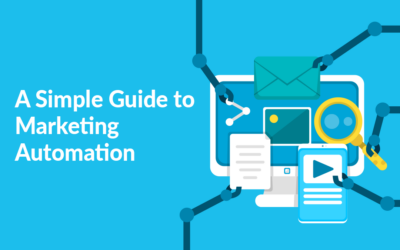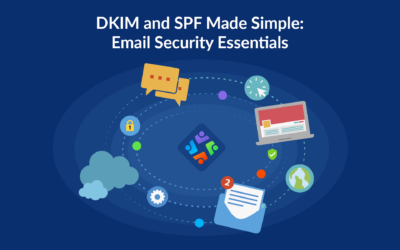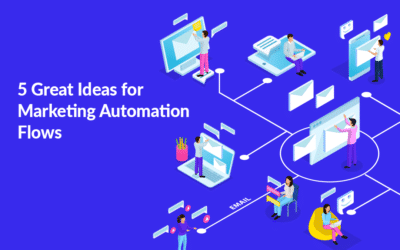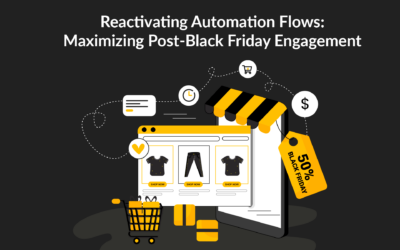Simple marketing automation flows. How simple can they be? Well, with the right information and planning, it can be child’s play.
The days of executing marketing campaigns via email and following them up manually are long gone. Once a burden, now a joy thanks to marketing automation.
Marketing automation in its simplest form is a flow of automated emails sent to customers at a set time that suits not only the sender but, more importantly, the customer too.
Simple marketing automation flows can be applied to not only new customers, but existing customers as well.
Why Use Marketing Automation?
Marketing automation is the bee’s knees when it comes to managing marketing processes across various channels. You determine when and via which channel to relay your message. These channels include email, SMS, web, app and social media.
Marketing automation enables you to raise brand awareness. Furthermore, generating and nurturing leads through the sales funnel. Thus, marketing automation will make the customer experience a priority, creating valued customers and repeat business.
Simple Marketing Automation Flows for New Customers
Let us take a closer look at a simple marketing automation flow for new customers.
Product X is an online subscription-based software as a service. In order to use it you must first register. Registration is FREE and it draws users to try it with a no obligation offer.
For product X to capitalize on its service it will require as many free users as possible to become paid users. And this is where the automated flows come into play. Once a user has registered, automated emails can be created to be sent periodically. For example; every 24 or 48 hours, or even once a week, depending on your plan and the number of flows.
Here, the process has gone from lead generation to lead nurturing.
With each email sent information will be drip fed highlighting the features of the product. This will entice the user to try the new feature and familiarize themself with the product. All in all, growing their knowledge and love for the product and service. The aim is that the free user will eventually become a paid user.
So simple marketing automation flows can be created to generate more interest in the product and transform a free trial into a paid subscription. With a paid subscription, customers will be able to take advantage of advanced features by upgrading to a premium service.
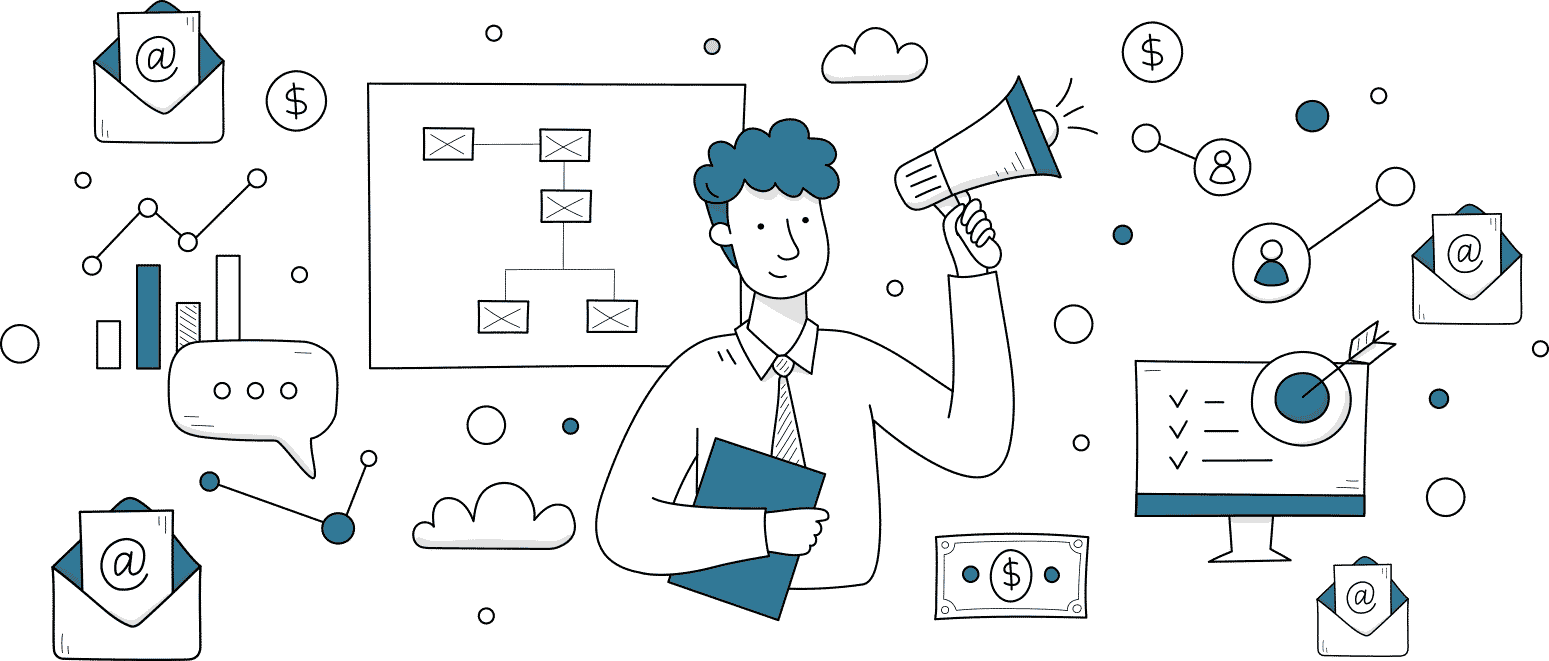
Simple Marketing Automation Flows for Existing Customers
Simple marketing automation flows can also be applied to existing customers. In this example company X has expanded into new territories with the addition of a new product. So, the focus here will be to convert existing customers into using the new product, in addition to their current agreements.
The first email will focus on the news announcement along with the benefits that can be gained by the customers. This news will be brief but informative enough to intrigue the reader to want to know more. More information can be found on the website with a call to action to learn more.
A follow-up email would entail an introductory offer. It would also reiterate the benefits of the product along with the introductory offer only being made available for existing loyal customers, for a limited time only.
By offering something extra to existing customers, it will show loyalty to the customer. The expectation is that the customer will reciprocate the loyalty and take up the new offer.
A third email would act as a reminder about the introductory offer and place urgency on the customer to act now, before it is too late. Focus should also be placed on the benefits of the product for the customer, and not just the dollar value.
Advanced Automated Flows
With the above two examples, the flows are predetermined regardless of the action taken by the user. However, advanced automated flows can take matters to another level.
The ability to create segments based on the behavior of the user can offer new insights into the user. Moreover, it can assist in directing the customer to your end goal. These actions will affect the flow of emails, and more so when they are sent.
In both examples, you may find the users are not engaging with your emails. They may not be reading the emails, clicking on the links in the email or even returning to your website. So, anyone that stops acting on these flows should be applied another set of flows, via another channel.
The customer may not be ready to commit, so adding them to a retargeting flow should be on your agenda. Retargeting can be achieved via advertising on social media. This will keep the company/product in mind until the user is ready to make a commitment.
Improving The Customer Experience
Regardless of whether it is B2B or B2C marketing, the use of simple marketing automation flows can be of benefit to everyone. More importantly it can improve the customer experience while keeping the customer informed and engaged.
The focus should be on the customer and their journey. Because without customers there is no communication, or journey. So, keep it simple where possible.
This blog post has also appeared in a MarketingPlatform Newsletter.
Author: Alex Trajcevski
Try MarketingPlatform for free for 14 days
The trial period is free, completely non-binding and expires after 14 days if you do not wish to continue.
When you sign up, you will also receive our educational flow via a series of emails along with our newsletter with regular updates.


